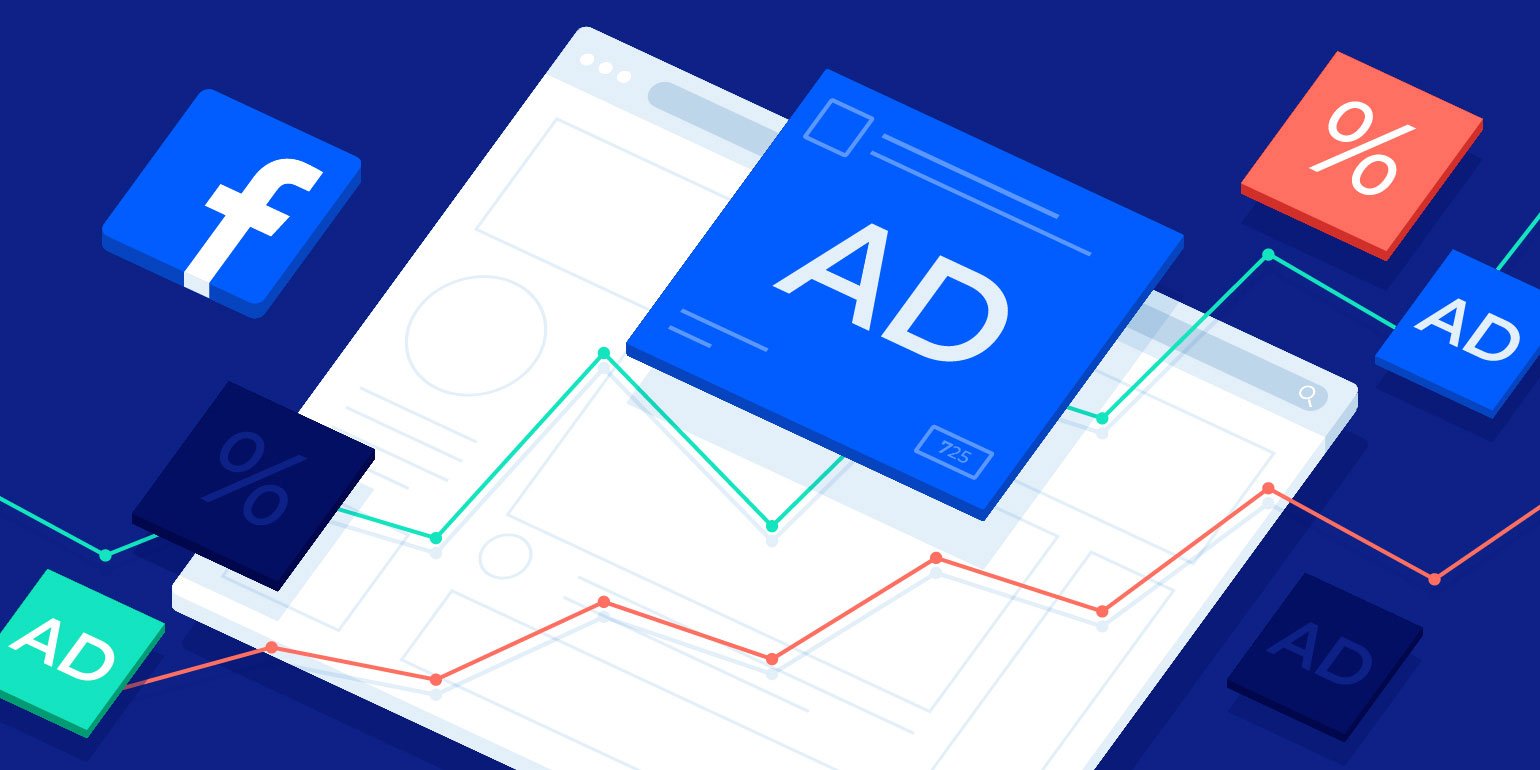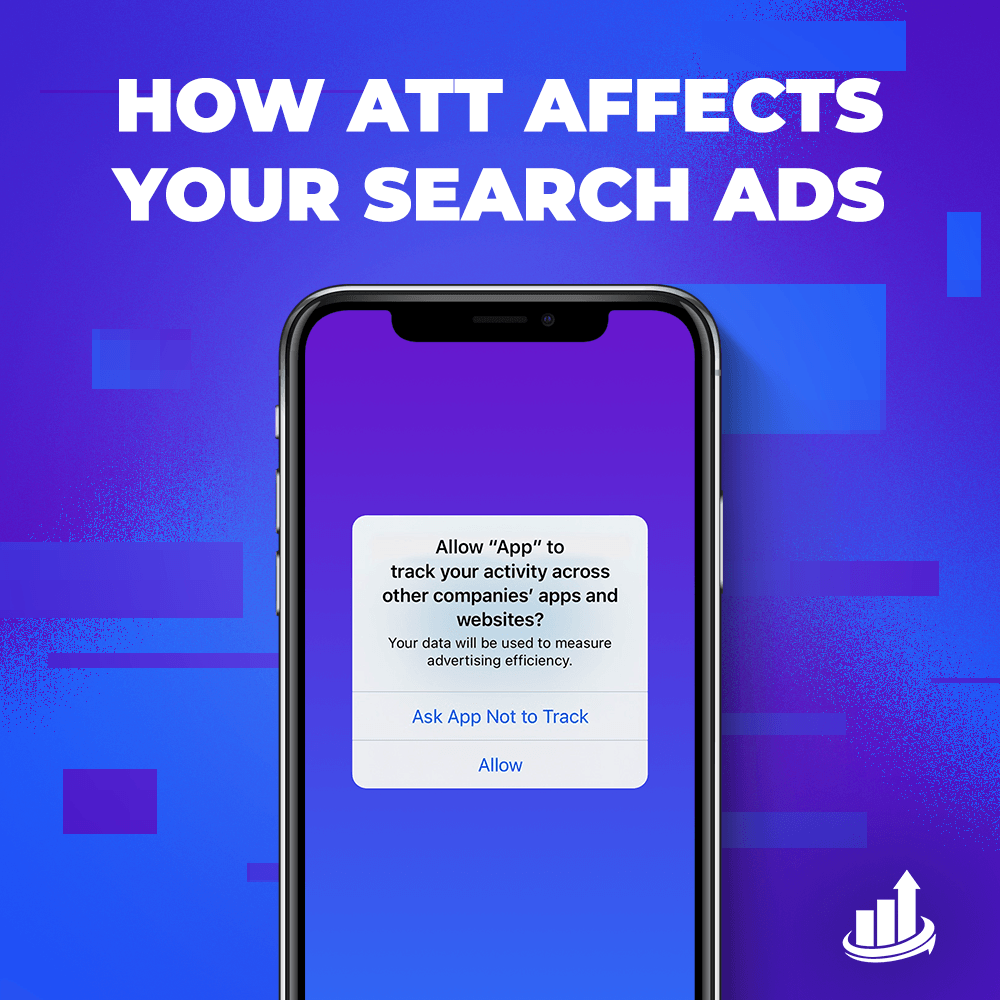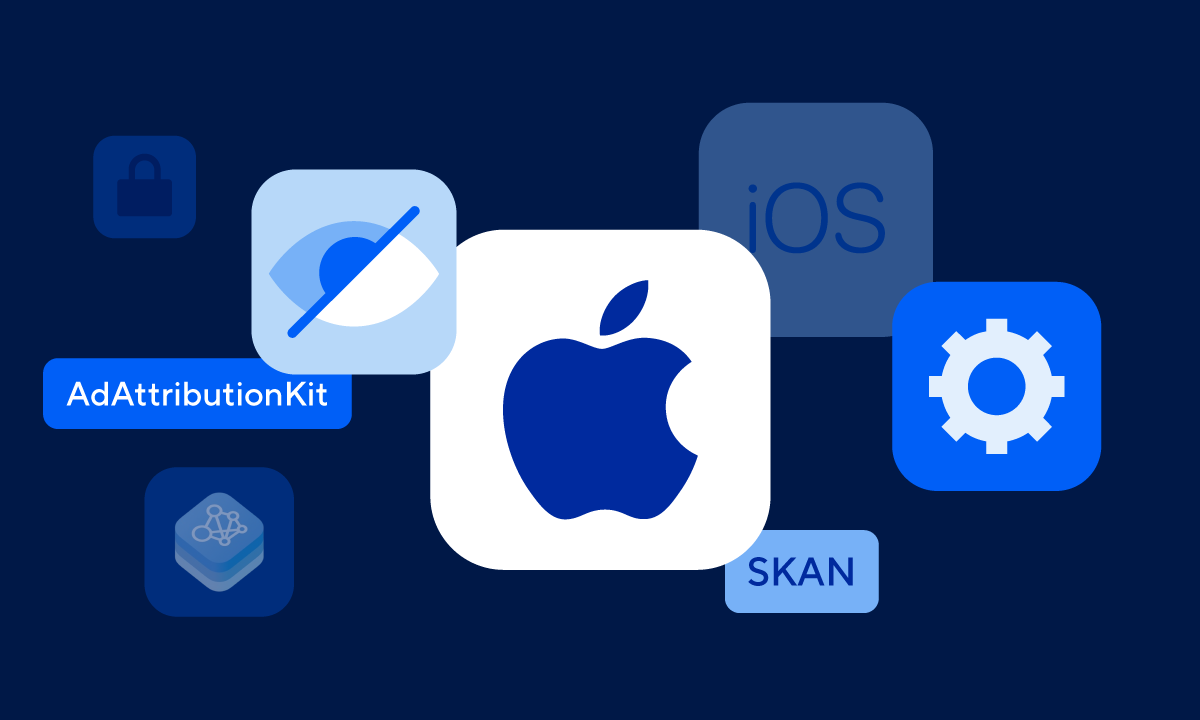The seven core strategies encompass optimizing SKAdNetwork and Conversion Value schema, building Advantage+ App Campaigns, configuring Aggregated Event Measurement, implementing Conversion API, developing audience targeting strategies, optimizing creatives, and establishing attribution measurement models. Additionally, a systematic 30-day implementation schedule spanning preparation, launch, and optimization phases through to scaling and advanced optimization ensures successful deployment with optimal ROI. Beyond this, applying this systematic methodology enables app marketers to achieve sustainable growth within the increasingly complex iOS ecosystem while overcoming attribution latency challenges and data discrepancies through blended measurement approaches.
Below, we will dive deep into all 7 core strategies for optimizing Facebook Ads for iOS applications with detailed implementation and expected results:
Objective: Design a rational schema to maximize optimization signals and measurement in iOS's privacy-first context.
SKAdNetwork optimization and Conversion Value schema represent the foundational strategy encompassing proper conversion value schema design, postback parameter configuration, and implementation of coarse vs. fine value differentiation to maximize attribution accuracy. This is the critical factor enabling Facebook to better understand real user value and optimize campaigns effectively.

Implementation Steps:
KPIs and Expected Results:
Best Practices & Pitfalls:
Objective: Leverage A+AC's ML automation to expand distribution under limited signal conditions.
Advantage+ App Campaigns (A+AC) utilize machine learning automation to optimize targeting, creative distribution, and bidding across the entire funnel with minimal manual intervention and maximum performance. A+AC differs from manual campaigns by automatically expanding audiences, testing multiple creative variations, and adjusting bids based on real-time performance signals.
Implementation Steps:
KPIs and Expected Results:
Best Practices & Pitfalls:
Objective: Preserve web event measurement (especially web-to-app) in iOS 14+ environment.
Aggregated Event Measurement (AEM) is a privacy-compliant solution allowing tracking of up to 8 conversion events with domain-level aggregation and 72-hour delay. AEM primarily applies to web/domain and is useful when having web-to-app funnels (landing pages, pre-registration, deep links to App Store).
Implementation Steps:
Event Prioritization Framework:
KPIs and Expected Results:
Objective: Compensate for signal loss and enhance measurement quality in privacy-constrained environment.
Conversion API (CAPI) is essential for iOS applications to supplement client-side tracking, improve data quality, and enhance attribution accuracy. CAPI helps recover conversion data that might be lost due to ATT opt-outs or technical issues.
Implementation Steps:
KPIs and Expected Results:
Best Practices & Pitfalls:
Objective: Maximize machine learning and owned data in limited tracking context.
iOS limitations require shifting from granular behavioral targeting to broader audience strategies relying on Facebook's machine learning. Broad targeting, Lookalike Audiences, Custom Audiences from first-party data, and interest-based targeting become primary choices.
Effective Targeting Approaches:
KPIs and Expected Results:
Best Practices & Pitfalls:
Objective: Use creative as primary "signal" replacing micro-targeting in attribution-limited environment.
Creative optimization specific to iOS focuses on native mobile formats, user-generated content, clear value propositions, and seamless app store integration. In reduced targeting context, creative becomes the most critical factor for attracting the right audience.

Creative Format Priorities:
KPIs and Expected Results:
Best Practices & Pitfalls:
Objective: Create comprehensive measurement framework for reliable decision-making without user-level data.
Blended attribution approach combines SKAdNetwork data, incrementality testing, media mix modeling, and first-party analytics to provide comprehensive measurement. No single attribution method provides a complete picture in privacy-first environment.
![]()
Measurement Framework Components:
Implementation Best Practices:
KPIs and Expected Results:
Best Practices & Pitfalls:
These 7 strategies create a robust optimization framework for Facebook Ads iOS in 2025: design proper signals (SKAN/CAPI/AEM), operate smart Advantage+ App campaigns, lead with creative, and use blended measurement for sustainable scaling. When executed correctly, you can expect reduced CPA, increased ROAS, and improved cohort quality sustainably in the privacy-focused iOS ecosystem.
Key Success Factors:
The implementation process comprises three main phases: preparation (days 0-7), launch and optimization (days 8-21), and scaling with advanced optimization (days 22-30) to ensure systematic deployment and maximize success probability.
This 30-day implementation timeline provides sufficient time for proper setup, comprehensive data collection, optimization cycles, and performance evaluation. The framework balances speed-to-market with thorough preparation to avoid costly mistakes and ensure sustainable performance.
Yes, Facebook Ads for iOS applications remain effective in 2025 thanks to SKAdNetwork 4 integration, advanced machine learning optimization, and privacy-compliant attribution methodologies.
The following factors demonstrate the continued viability of Facebook Ads for iOS in today's privacy-first environment:
Facebook has maintained iOS advertising performance through significant investment in SKAdNetwork 4, enabling more accurate conversion value tracking compared to previous versions. Simultaneously, the platform has developed Aggregated Event Measurement (AEM), allowing advertisers to track the eight most important conversion events without violating Apple's privacy guidelines. Notably, Advantage+ App Campaigns utilize machine learning algorithms to automatically optimize targeting and bidding based on limited data signals, achieving broad reach and powerful delivery capabilities.
According to AppsFlyer's 2024 report, the median ATT (App Tracking Transparency) opt-in rate ranges around 30-35%, partially reopening signal pathways for optimization and remarketing, demonstrating that Facebook Ads can still effectively leverage this data source.
ATT (App Tracking Transparency) is Apple's policy framework requiring applications to explicitly request user permission before tracking them across apps and websites owned by other companies.
Specifically, ATT has transformed the iOS advertising landscape by significantly reducing IDFA (Identifier for Advertisers) collection capabilities, leading to decreased accuracy in personalized targeting and campaign performance measurement. Previously, IDFA served as the backbone of mobile app advertising, enabling advertisers to create detailed user profiles, execute comprehensive targeting strategies, and measure ROI precisely.

Key ATT characteristics include the mandatory AppTrackingTransparency prompt—if users decline permission, IDFA becomes unavailable. Primary attributes involve reduced granular data, prioritized anonymous attribution, and increased reliance on modeling approaches. For marketers, the main implication is reshaping strategies toward privacy-first approaches, transitioning to SKAdNetwork, CAPI, and creative-focused methodologies.
According to Apple Developer Documentation (2024), ATT fundamentally changes how applications access IDFA, requiring transparency of purpose and explicit user consent before tracking.
No, SKAdNetwork cannot entirely replace traditional attribution but provides anonymous postbacks with certain delays, though it remains valuable for optimization purposes.
To illustrate, SKAN 4 introduces improvements with multiple postbacks, coarse/fine conversion values, and enhanced campaign attribution capabilities. Limitations include the absence of user-level data, delayed postbacks, privacy thresholds, and restricted granularity. Opportunities include standardizing privacy-safe measurement, enabling aggregated cross-channel comparisons, and reducing device-specific bias. Combining blended attribution (SKAN + on-platform + MMP modeling) enables more reliable decision-making.
According to Apple's SKAdNetwork 4.0 documentation (2022-2024), SKAN 4 allows up to three postbacks, coarse conversion values, and partial campaign identifiers to enhance signal quality for optimization.
The preparation phase encompasses technical setup, account configuration, creative preparation, and measurement infrastructure to ensure smooth campaign launch and accurate data collection.
Days 0-2: Technical Foundation
Advanced challenges when running Facebook Ads for iOS applications include overcoming attribution latency and data discrepancies, choosing between Facebook Ads and Apple Search Ads, determining the role of Mobile Measurement Partners (MMPs), and avoiding common pitfalls. To address these complexities, advertisers must adopt sophisticated solutions combining multiple tools and analytical approaches.
Solutions include standardizing data sources, implementing KPI guardrails, and modeling postback gaps.
According to Adjust (2024), establishing consistent reconciliation processes by cohort/time-lag helps reduce discrepancies when making optimization decisions.
Facebook dominates in reach scale and user discovery capabilities, Apple Search Ads excels at capturing high-intent demand at the point of search, while MMP modeling optimizes cross-channel measurement to effectively leverage each platform's unique advantages.

| Criteria | Facebook Ads | Apple Search Ads |
|---|---|---|
| Channel Nature | Discovery - Demand Creation | Intent - Demand Harvesting |
| Primary Placement | Feed, Stories, Reels, Instagram | App Store search results |
| Average CPI Range | $2-8 (higher cost, massive scale) | $1-4 (lower cost, limited volume) |
| User Quality | Variable, creative-dependent | Very high due to search intent |
| Volume Potential | Very large (2+ billion users) | Limited by search demand |
| Attribution Method | SKAdNetwork, AEM, CAPI | SKAdNetwork, first-party data |
Facebook Ads - Discovery Powerhouse Facebook Ads excels as a discovery channel with massive audience reach exceeding 2 billion users across its ecosystem. The platform leverages Advantage+ App Campaigns and broad targeting to uncover hidden audiences through creative-driven approaches. Key strengths include cross-platform synergy across Feed, Stories, and Reels, advanced machine learning optimization, and the ability to educate markets through compelling storytelling.
Primary challenges include higher CPI due to the discovery nature, significant dependency on continuous creative testing and optimization, and complex attribution requirements involving SKAdNetwork, AEM, and CAPI integration.
Apple Search Ads - Intent Capture Master Apple Search Ads dominates in capturing high-intent traffic from users actively searching within the App Store. The platform benefits from premium placement with minimal "Ad" labeling, Apple's first-party data advantage providing complete iOS user behavior visibility, and simpler keyword-focused management approach.
Limitations include volume constraints dependent on category search demand, intense bidding competition for popular keywords driving up costs, and creative constraints relying heavily on App Store listing optimization.
Development Stage-Based Allocation:
Growth Phase Strategy:
Mature Phase Strategy:
This allocation framework ensures optimal resource distribution while maximizing each platform's strengths at different business maturity stages.
Mobile Measurement Partner integration provides a unified view across channels, enabling:
Data Consolidation Benefits:
Essential Tracking Metrics:
According to Sensor Tower (2024), Apple Search Ads users demonstrate 30-40% higher D30 retention rates and 25% higher ARPU compared to social-acquired users. Conversely, Facebook offers 5-10x greater volume potential at comparable budget levels, making it essential for scale-focused growth strategies.
These benchmarks highlight the fundamental trade-off between user quality and acquisition volume, reinforcing the need for a balanced approach rather than platform exclusivity.
Facebook Ads and Apple Search Ads function as complementary channels within a comprehensive full-funnel user acquisition strategy. Facebook excels in upper-funnel activities including awareness and consideration through massive reach capabilities, while ASA dominates lower-funnel conversion through high-intent user capture.
The optimal approach involves utilizing Facebook to create and expand market demand at scale, while simultaneously leveraging ASA to harvest existing demand and protect brand presence within the App Store ecosystem. When executed with proper MMP attribution setup, this blended methodology maximizes both reach and user quality, delivering sustainable growth for iOS application businesses.
Success requires continuous optimization of budget allocation based on performance data, regular creative testing on Facebook, strategic keyword management on ASA, and robust measurement infrastructure to accurately assess cross-channel contribution and incrementality.
These seven strategies create a robust optimization framework for Facebook Ads iOS in 2025: design proper signals (SKAN, AEM, CAPI), operate Advantage+ App campaigns, lead with creative excellence, and employ blended measurement for sustainable scaling. Applying this systematic approach not only helps overcome ATT challenges but also creates competitive advantages in the increasingly privacy-focused iOS ecosystem.
* * * <a href="https://oceantradeshipping.com/index.php?0nuehe">$3,222 payment available</a> * * * hs=a70626e0669ecd44aaa069184bed030b* ххх*
03:28 01/11/2025* * * $3,222 payment available! Confirm your transaction here: https://oceantradeshipping.com/index.php?0nuehe * * * hs=a70626e0669ecd44aaa069184bed030b* ххх*
03:28 01/11/2025
Leave a Reply
Your e-mail address will not be published. Required fields are marked *